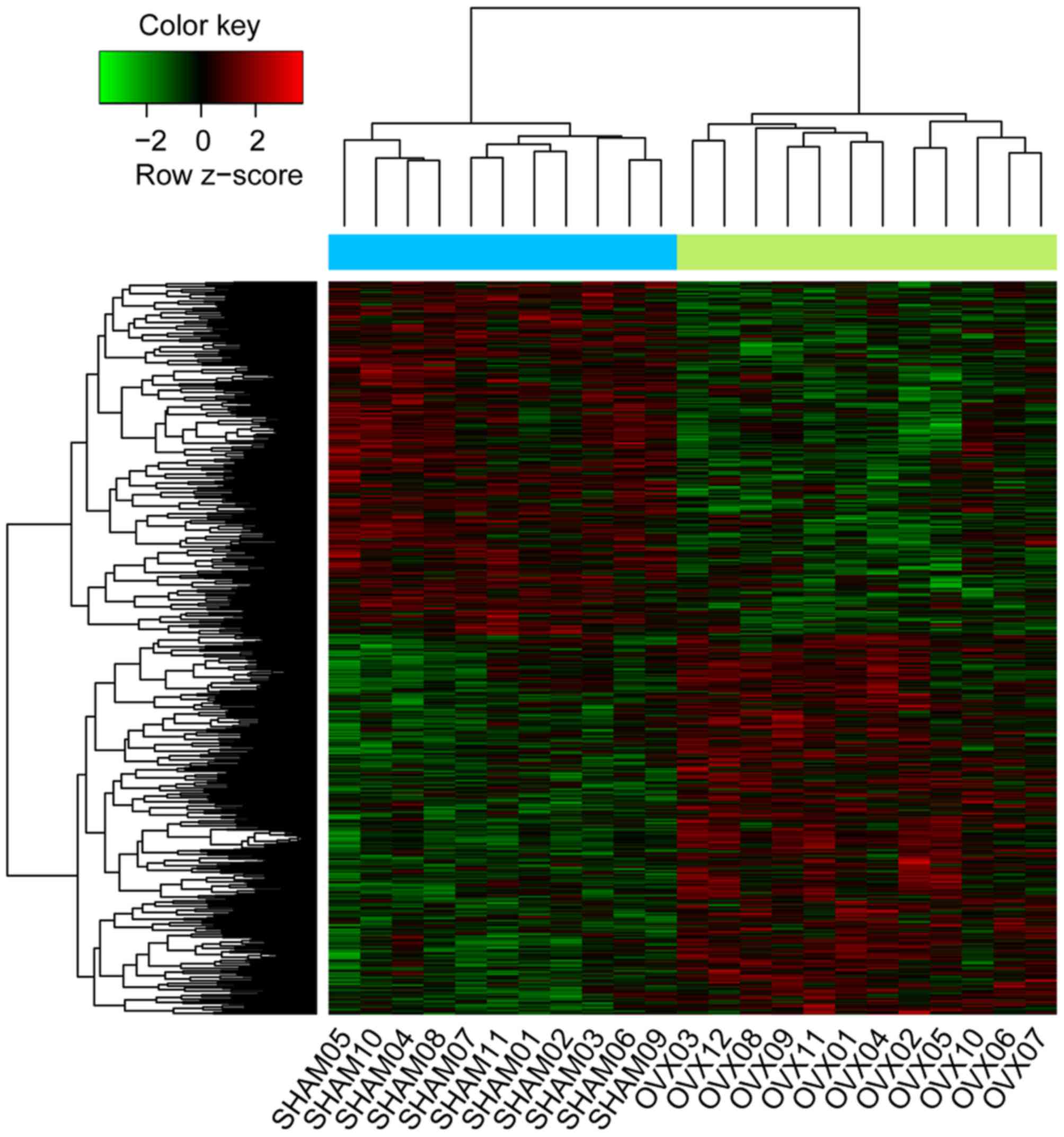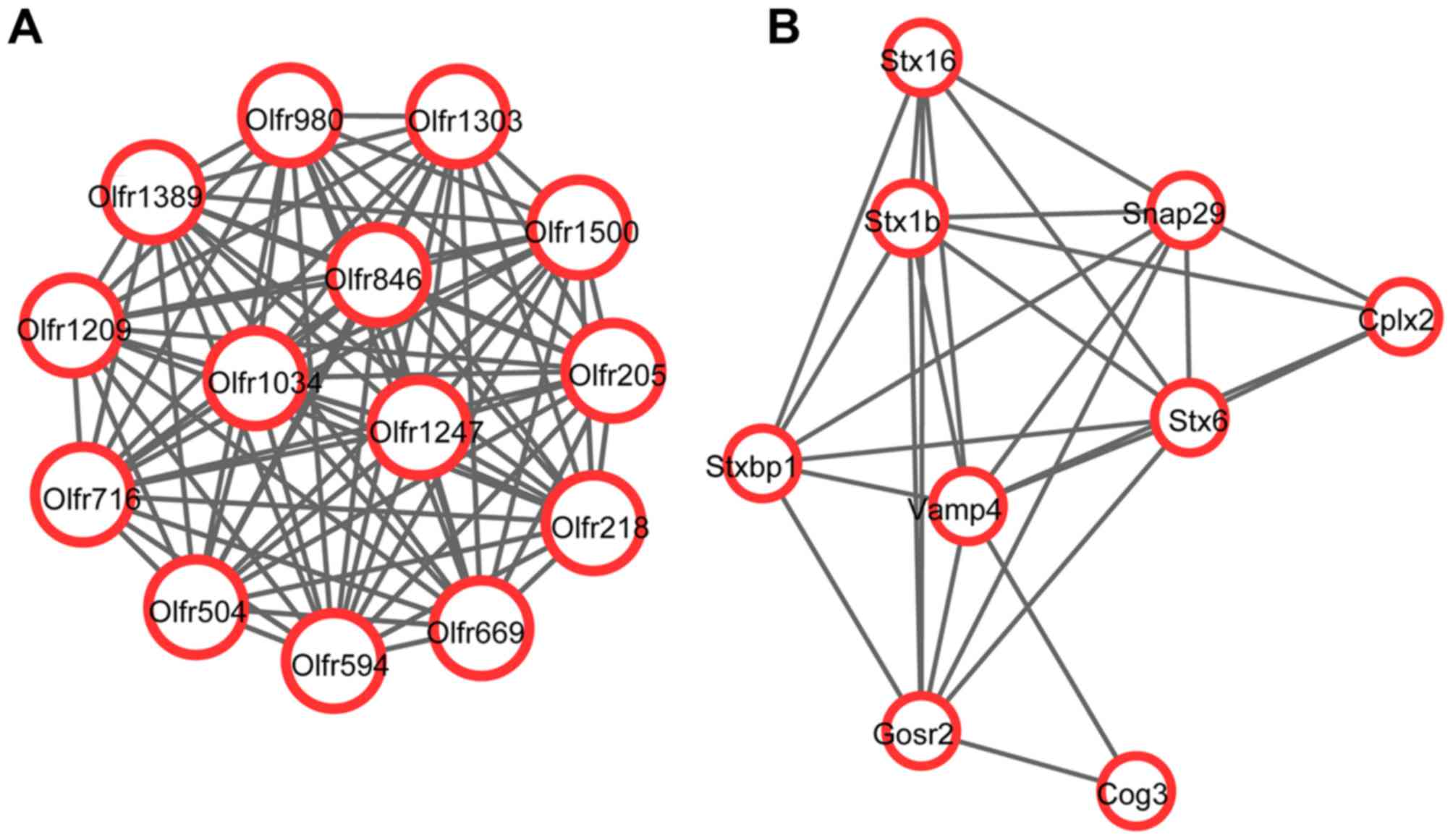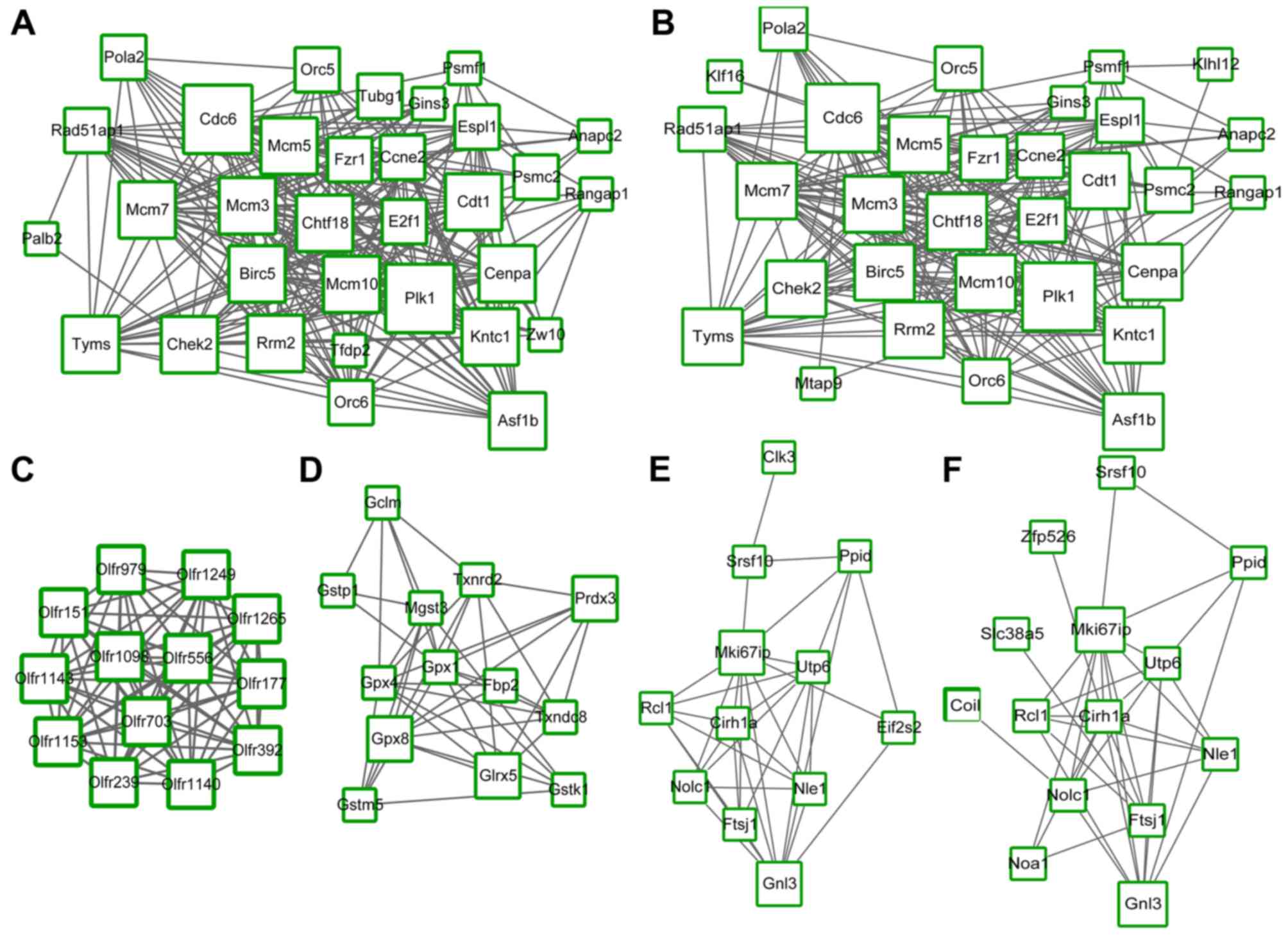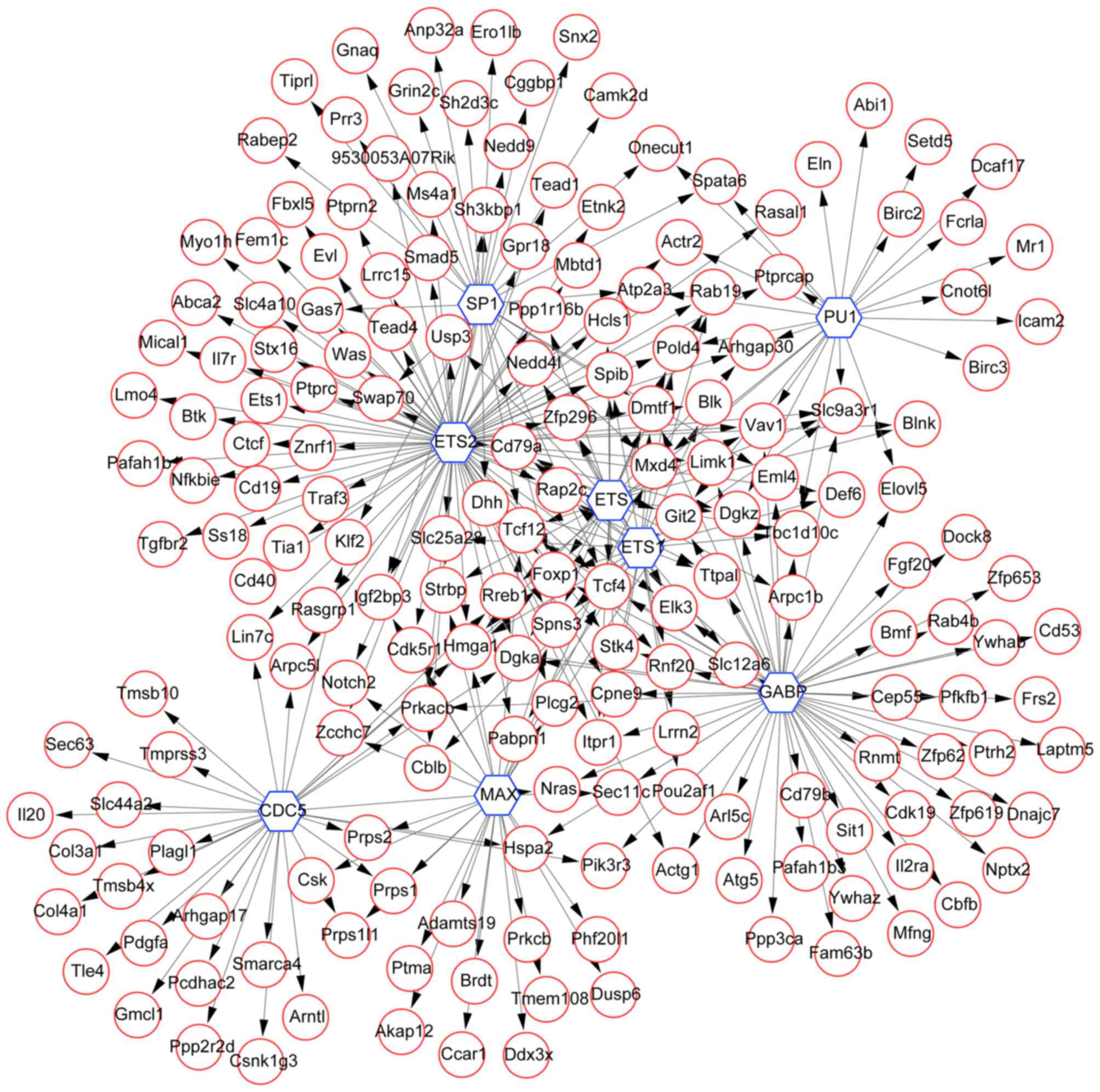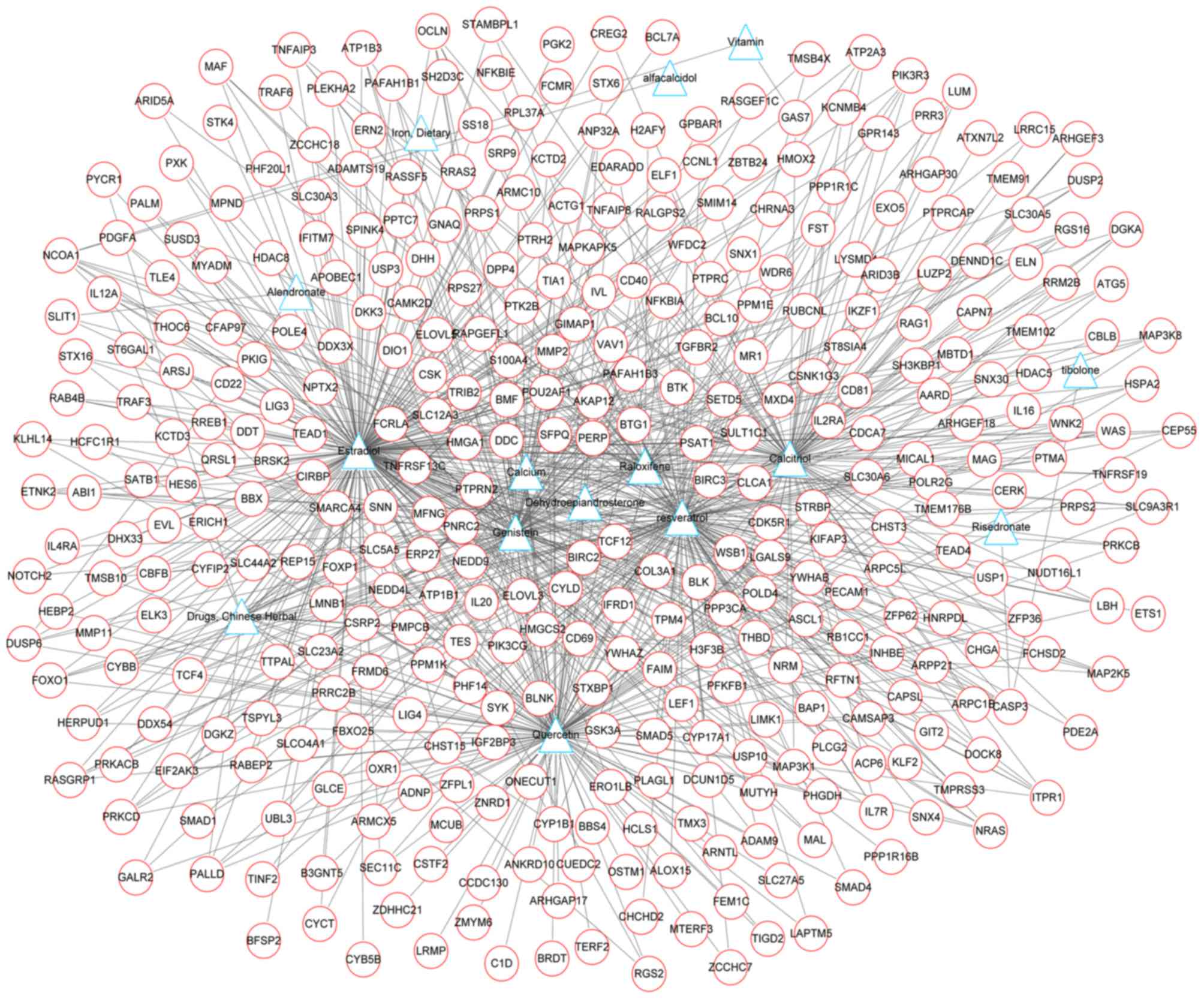|
1
|
Black DM and Rosen CJ: Clinical practice.
Postmenopausal osteoporosis. N Engl J Med. 374:254–262. 2016.
View Article : Google Scholar
|
|
2
|
Wade SW, Strader C, Fitzpatrick LA,
Anthony MS and O'Malley CD: Estimating prevalence of osteoporosis:
Examples from industrialized countries. Arch Osteoporos. 9:1822014.
View Article : Google Scholar
|
|
3
|
Kwun S, Laufgraben ML and Gopalakrishnan
G: Prevention and treatment of postmenopausal osteoporosis. The
Obstetrician & Gynaecologist. 14:251–256. 2012. View Article : Google Scholar
|
|
4
|
Ralston SH: The genetics of osteoporosis.
Br Med Bull. 90:2472015.
|
|
5
|
Heiss C, Govindarajan P, Schlewitz G,
Hemdan NY, Schliefke N, Alt V, Thormann U, Lips KS, Wenisch S,
Langheinrich AC, et al: Induction of osteoporosis with its
influence on osteoporotic determinants and their interrelationships
in rats by DEXA. Med Sci Monit. 18:BR199–BR207. 2012. View Article : Google Scholar :
|
|
6
|
Kenigsberg D and Hull ME: Bone calcium
dynamics in women with declining estrogen levels. Springer
Netherlands. 153–160. 1990.
|
|
7
|
Eastell R: Prevention and management of
osteoporosis. Medicine. 45:565–569. 2017. View Article : Google Scholar
|
|
8
|
Body JJ: How to manage postmenopausal
osteoporosis? Acta Clin Belg. 66:443–447. 2011.
|
|
9
|
Adler RA, El-Hajj Fuleihan G, Bauer DC,
Camacho PM, Clarke BL, Clines GA, Compston JE, Drake MT, Edwards
BJ, Favus MJ, et al: Managing osteoporosis in patients on Long-term
bisphosphonate treatment: Report of a task force of the American
society for bone and mineral research. J Bone Miner Res.
31:19102016. View Article : Google Scholar
|
|
10
|
Keen RW, Woodford-Richens KL, Lanchbury JS
and Spector TD: Peak bone mass, early menopausal bone loss and
polymorphism at the oestrogen receptor gene. Osteoporosis Int.
6:1021996. View Article : Google Scholar
|
|
11
|
Xie W, Ji L, Zhao T and Gao P:
Identification of transcriptional factors and key genes in primary
osteoporosis by DNA microarray. Med Sci Monit. 21:1333–1344. 2015.
View Article : Google Scholar :
|
|
12
|
Ma M, Luo S, Zhou W, Lu L, Cai J, Yuan F
and Yin F: Bioinformatics analysis of gene expression profiles in B
cells of postmenopausal osteoporosis patients. Taiwan J Obstet
Gynecol. 56:165–170. 2017. View Article : Google Scholar
|
|
13
|
Calabrese G, Mesner LD, Foley PL, Rosen CJ
and Farber CR: Network analysis implicates alpha-synuclein (Snca)
in the regulation of Ovariectomy-induced bone loss. Sci Rep.
6:294752016. View Article : Google Scholar :
|
|
14
|
Irizarry RA, Hobbs B, Collin F,
Beazer-Barclay YD, Antonellis KJ, Scherf U and Speed TP:
Exploration, normalization, and summaries of high density
oligonucleotide array probe level data. Biostatistics. 4:249–264.
2003. View Article : Google Scholar
|
|
15
|
Gautier L, Cope L, Bolstad BM and Irizarry
RA: Affy-analysis of Affymetrix GeneChip data at the probe level.
Bioinformatics. 20:307–315. 2004. View Article : Google Scholar
|
|
16
|
Diboun I, Wernisch L, Orengo CA and
Koltzenburg M: Microarray analysis after RNA amplification can
detect pronounced differences in gene expression using limma. BMC
Genomics. 7:2522006. View Article : Google Scholar :
|
|
17
|
Wang L, Cao C, Ma Q, Zeng Q, Wang H, Cheng
Z, Zhu G, Qi J, Ma H, Nian H and Wang Y: RNA-seq analyses of
multiple meristems of soybean: Novel and alternative transcripts,
evolutionary and functional implications. BMC Plant Biol.
14:1692014. View Article : Google Scholar :
|
|
18
|
Szklarczyk D, Franceschini A, Kuhn M,
Simonovic M, Roth A, Minguez P, Doerks T, Stark M, Muller J, Bork
P, et al: The STRING database in 2011: Functional interaction
networks of proteins, globally integrated and scored. Nucleic Acids
Res. 39:(Database Issue). D561–D568. 2011. View Article : Google Scholar
|
|
19
|
Chatr-Aryamontri A, Breitkreutz BJ,
Oughtred R, Boucher L, Heinicke S, Chen D, Stark C, Breitkreutz A,
Kolas N, O'Donnell L, et al: The BioGRID interaction database: 2015
update. Nucleic Acids Res. 43:(Database Issue). D470–D478. 2015.
View Article : Google Scholar
|
|
20
|
Calderone A, Castagnoli L and Cesareni G:
Mentha: A resource for browsing integrated protein-interaction
networks. Nat Methods. 10:690–691. 2013. View Article : Google Scholar
|
|
21
|
Liu B and Hu B: HPRD: A High performance
RDF database. Springer Berlin Heidelberg; pp. 364–374. 2007
|
|
22
|
Shannon P, Markiel A, Ozier O, Baliga NS,
Wang JT, Ramage D, Amin N, Schwikowski B and Ideker T: Cytoscape: A
software environment for integrated models of biomolecular
interaction networks. Genome Res. 13:2498–2504. 2003. View Article : Google Scholar :
|
|
23
|
Sharma D and Surolia A: Degree
CentralityEncyclopedia of Systems Biology. Dubitzky W, Wolkenhauer
O, Cho KH and Yokota H: Springer New York; New York, NY: pp. 558.
2013, View Article : Google Scholar
|
|
24
|
Wang J, Ren J, Li M and Wu FX:
Identification of hierarchical and overlapping functional modules
in PPI networks. IEEE Trans Nanobioscience. 11:386–393. 2012.
View Article : Google Scholar
|
|
25
|
Gene Ontology Consortium: The gene
ontology (GO) project in 2006. Nucleic Acids Res. 34:(Database
Issue). D322–D326. 2006. View Article : Google Scholar
|
|
26
|
Ogata H, Goto S, Sato K, Fujibuchi W, Bono
H and Kanehisa M: KEGG: Kyoto encyclopedia of genes and genomes.
Nucleic Acids Res. 27:29–34. 1999. View Article : Google Scholar :
|
|
27
|
Davis AP, Grondin CJ, Lennon-Hopkins K,
Saraceni-Richards C, Sciaky D, King BL, Wiegers TC and Mattingly
CJ: The comparative toxicogenomics database's 10th year
anniversary: Update 2015. Nucleic Acids Res. 43:(Database Issue).
D914–D920. 2015. View Article : Google Scholar
|
|
28
|
Verbruggen SW, Vaughan TJ and Mcnamara LM:
Mechanisms of osteocyte stimulation in osteoporosis. J Mech Behav
Biomed Mater. 62:158–168. 2016. View Article : Google Scholar
|
|
29
|
Xu XC, Chen H, Zhang X, Zhai ZJ, Liu XQ,
Zheng XY, Zhang J, Qin A and Lu EY: Effects of oestrogen deficiency
on the alveolar bone of rats with experimental periodontitis. Mol
Med Rep. 12:3494–3502. 2015. View Article : Google Scholar :
|
|
30
|
Katagiri T and Watabe T: Bone
morphogenetic proteins. Cold Spring Harb Perspect Biol.
8:pii:a0218992016. View Article : Google Scholar
|
|
31
|
Shou J, Murray RC, Rim PC and Calof AL:
Opposing effects of bone morphogenetic proteins on neuron
production and survival in the olfactory receptor neuron lineage.
Development. 127:5403–5413. 2000.
|
|
32
|
Hussain A, Saraiva LR and Korsching SI:
Positive Darwinian selection and the birth of an olfactory receptor
clade in teleosts. Proc Natl Acad Sci USA. 106:4313–4318. 2009.
View Article : Google Scholar :
|
|
33
|
Wineland A, Blitz IL, Murray RC and Calof
AL: A transgenic approach for determining the role of bone
morphogenetic proteins in the development of olfactory receptor
neurons. Developmental Biol. 271:2004.
|
|
34
|
Galand P, Rodesch F, Leroy F and Chretien
J: Altered duration of DNA synthesis and cell cycle in non-target
tissues of mice treated with oestrogen. Nature. 216:1211–1212.
1967. View Article : Google Scholar
|
|
35
|
Javanmoghadam S, Zhang W, Hunt KK and
Keyomarsi K: Estrogen receptor alpha is cell cycle-regulated and
regulates the cell cycle in a ligand-dependent fashion. Cell Cycle.
15:1579–1590. 2016. View Article : Google Scholar :
|
|
36
|
Surhone LM, Tennoe MT and Henssonow SF:
Sp1 Transcription Factor. Betascript Publishing; 2016
|
|
37
|
Zhang Y, Hassan MQ, Xie RL, Hawse JR,
Spelsberg TC, Montecino M, Stein JL, Lian JB, van Wijnen AJ and
Stein GS: Co-stimulation of the bone-related Runx2 P1 promoter in
mesenchymal cells by SP1 and ETS transcription factors at
polymorphic purine-rich DNA sequences (Y-repeats). J Biol Chem.
284:3125–3135. 2009. View Article : Google Scholar :
|
|
38
|
Ralston SH, Uitterlinden AG, Brandi ML,
Balcells S, Langdahl BL, Lips P, Lorenc R, Obermayer-Pietsch B,
Scollen S, Bustamante M, et al: Large-scale evidence for the effect
of the COLIA1 Sp1 polymorphism on osteoporosis outcomes: The
GENOMOS study. PLoS Med. 3:e902006. View Article : Google Scholar :
|
|
39
|
Dwyer J, Li H, Xu D and Liu JP:
Transcriptional regulation of telomerase activity: Roles of the the
Ets transcription factor family. Ann N Y Acad Sci. 1114:36–47.
2007. View Article : Google Scholar
|
|
40
|
Gao Y, Ganss BW, Wang H, Kitching RE and
Seth A: The RING finger protein RNF11 is expressed in bone cells
during osteogenesis and is regulated by Ets1. Exp Cell Res.
304:127–135. 2005. View Article : Google Scholar
|
|
41
|
Almeida MQ, Tsang KM, Cheadle C, Watkins
T, Grivel JC, Nesterova M, Goldbach-Mansky R and Stratakis CA:
Protein kinase A regulates caspase-1 via Ets-1 in bone stromal
cell-derived lesions: A link between cyclic AMP and
pro-inflammatory pathways in osteoblast progenitors. Hum Mol Genet.
20:165–175. 2011. View Article : Google Scholar
|
|
42
|
Sutter W, Stein E, Koehn J, Schmidl C,
Lezaic V, Ewers R and Turhani D: Effect of different biomaterials
on the expression pattern of the transcription factor Ets2 in
bone-like constructs. J Craniomaxillofac Surg. 37:263–271. 2009.
View Article : Google Scholar
|
|
43
|
Kuhl H: Pharmacology of estrogens and
progestogens: Influence of different routes of administration.
Climacteric. 8 Suppl 1:S3–S63. 2005. View Article : Google Scholar
|
|
44
|
Klein-Nulend J, van Oers RF, Bakker AD and
Bacabac RG: Bone cell mechanosensitivity, estrogen deficiency, and
osteoporosis. J Biomech. 48:855–865. 2015. View Article : Google Scholar
|
|
45
|
Cooley J, Broderick TL, Al-Nakkash L and
Plochocki JH: Effects of resveratrol treatment on bone and
cartilage in obese diabetic mice. J Diabetes Metab Disord.
14:102015. View Article : Google Scholar :
|
|
46
|
Tou JC: Evaluating resveratrol as a
therapeutic bone agent: Preclinical evidence from rat models of
osteoporosis. Ann N Y Acad Sci. 1348:75–85. 2015. View Article : Google Scholar
|
|
47
|
Lee AM, Shandala T, Soo PP, Su YW, King
TJ, Chen KM, Howe PR and Xian CJ: Effects of resveratrol
supplementation on methotrexate Chemotherapy-induced Bone Loss.
Nutrients. 9:pii: E255. 2017. View Article : Google Scholar
|



